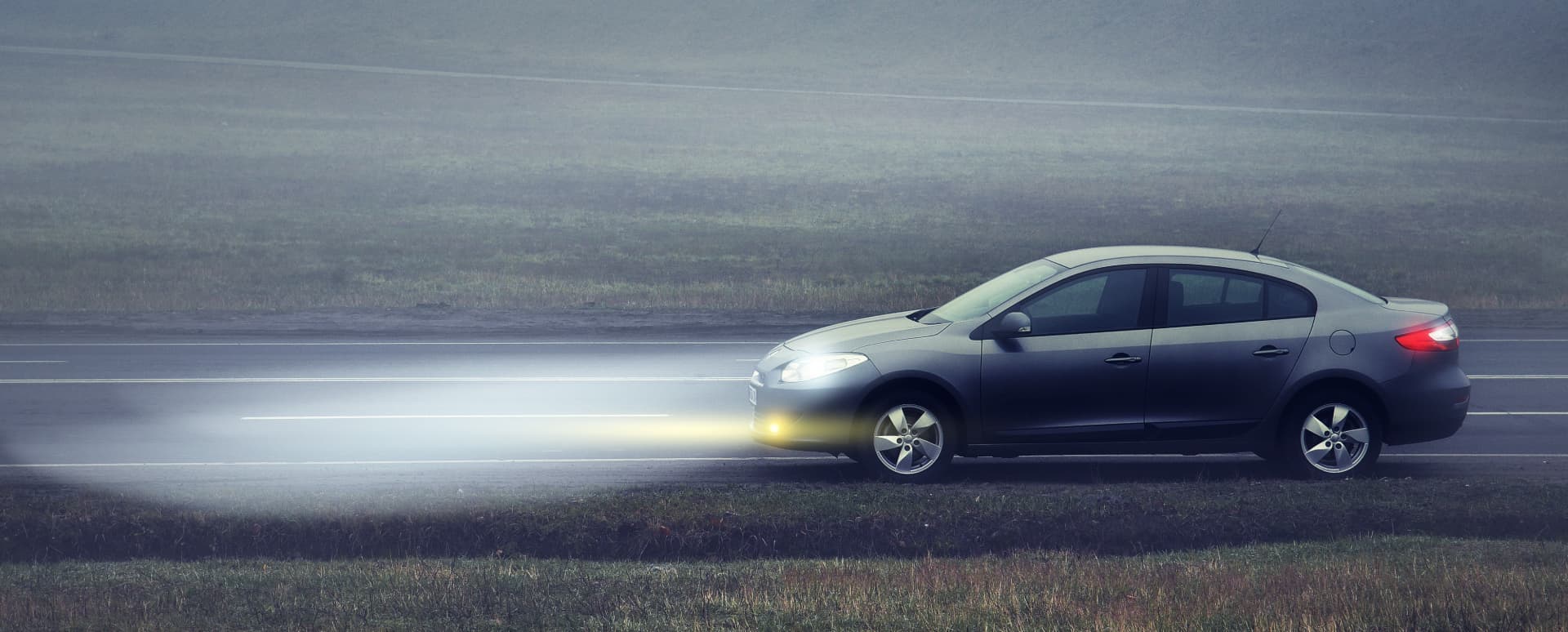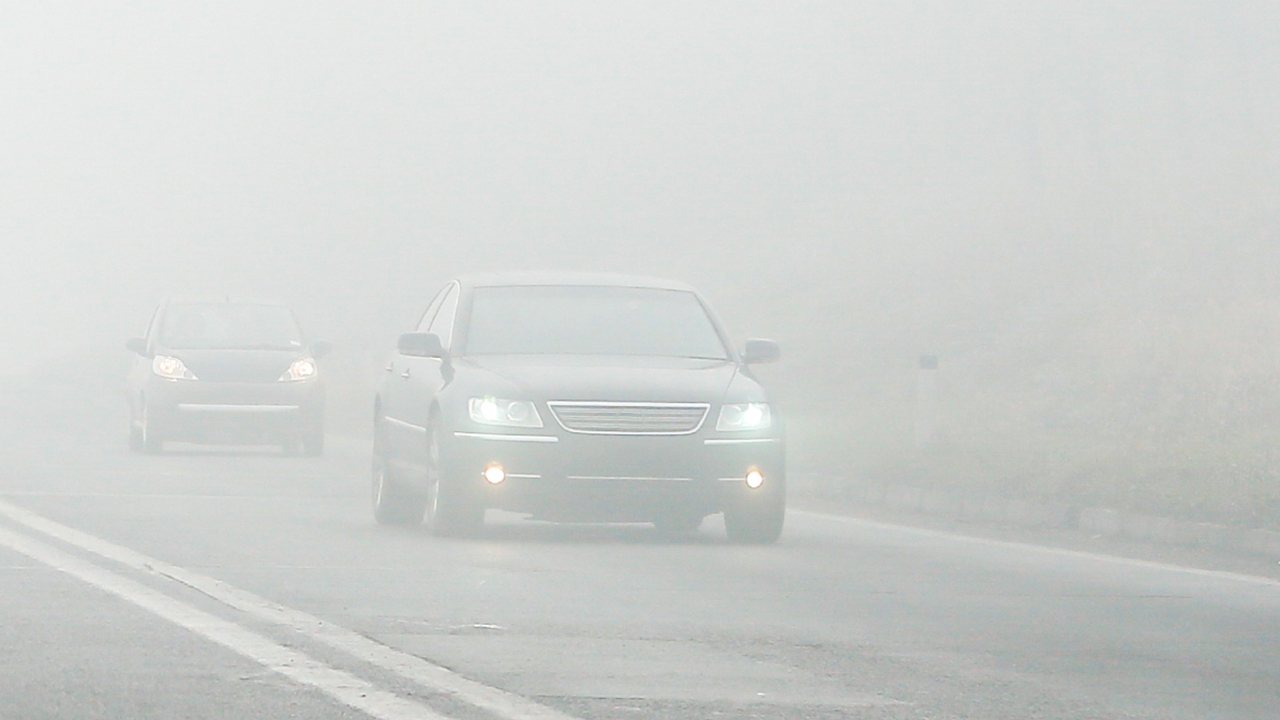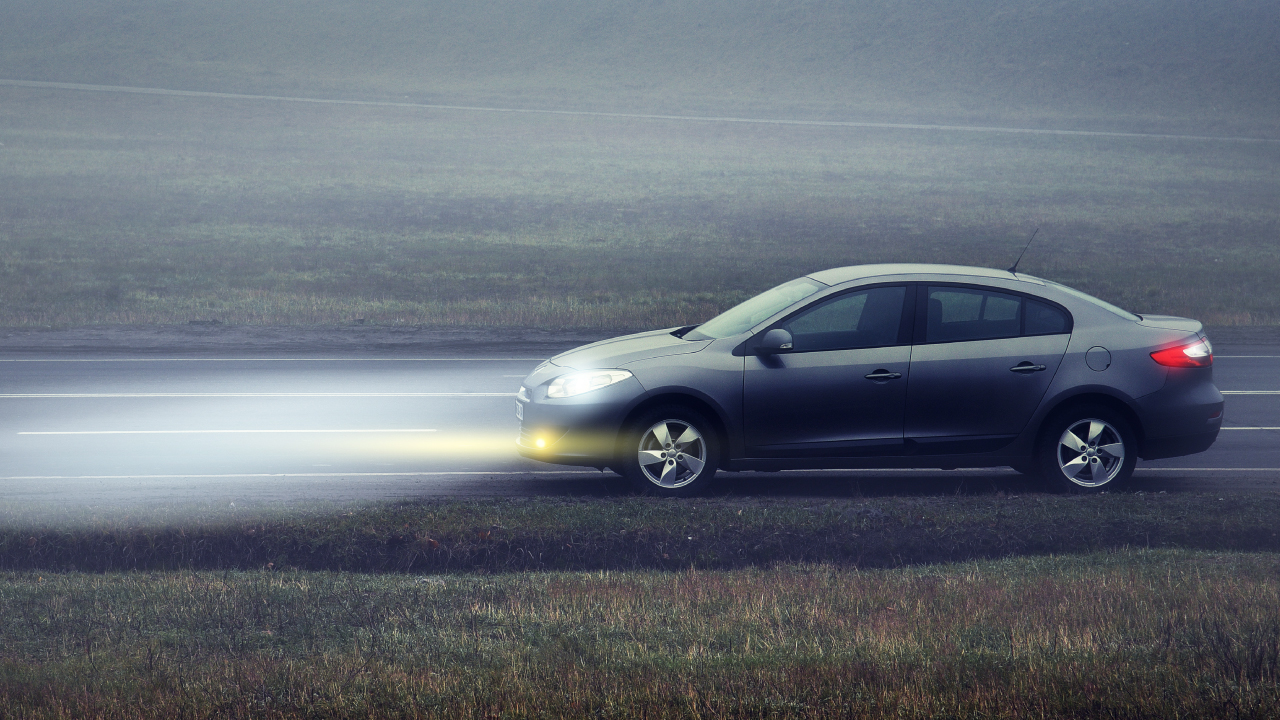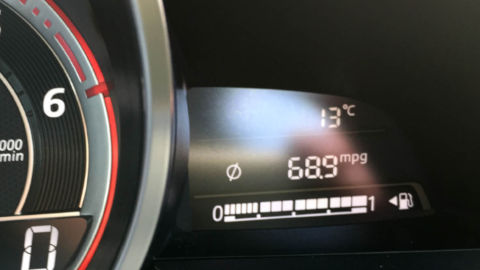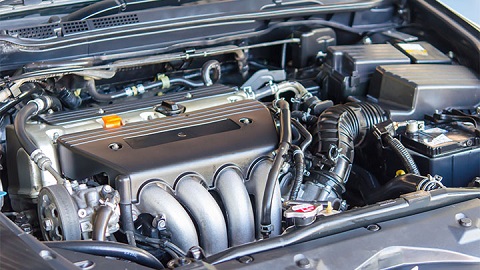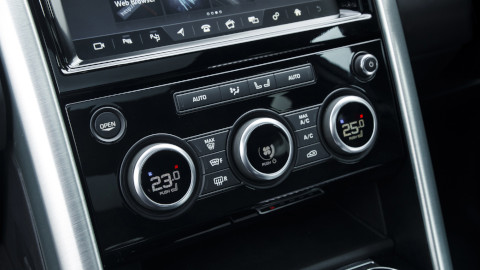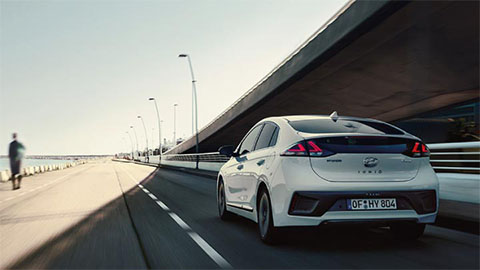Why Driving in Fog Can Be Dangerous
Foggy weather reduces visibility on the road, which causes a range of problems when driving. Among other issues, fog makes it harder to judge the distance between the vehicle in front and yours, it makes it harder to spot hazards, and it also prevents others from seeing you.
This can be challenging to a lot of drivers and can cause great discomfort when exposed to these situations. Late autumn is usually the time when fog occurs, however it can happen at any time of the year.
The main tip in this situation is to avoid driving all together. If this isn’t possible, and you have to drive somewhere, there are a few tips you can use to make your journey as safe as possible in this climate.
Contents
Slow Down
One of the most dangerous mistakes when driving in fog is not reducing your speed and driving as if the weather was clear. Fog can create an optical illusion that you’re driving slowly when, in fact, you’re speeding.
Don’t trust your eyesight and check the speedometer regularly.
Besides driving slowly, the recommendation is that you brake slowly as well. You want to give enough time for the vehicles behind to react to your actions, and not braking abruptly should give the car behind enough warning to brake as well.
Give yourself more room
It’s not uncommon for people to feel more secure when there’s a vehicle in front of them when driving in fog. The lights from the car in front gives the false sense of security because it makes drivers feel like visibility has improved.
The main problem with this is that fog makes it harder to judge the gap between vehicles, so a lot of motorists drive too close to the vehicle in front without noticing they’ve left themselves very little room, if any, to brake suddenly if needed.
Make sure you leave enough room between your car and those around you, so you have enough time to react.
Use Fog Lights
It’s important to not mix fog lights to high beam. One can help you see and be seen during this type of weather, and the other could cause an accident.
It’s a legal requirement for cars to have fog lights at the rear end, at least. A lot of manufacturers also provide this type of light in the front. You can check where the fog lights are located in your vehicle on your user manual.
The front fog lights are white or yellow, and they can cut through fog without causing glare. The rear fog lights are red (they can be similar to brake lights) and their main goal is to help you be seen by vehicles coming from behind.
The main difference between fog lights and high beam is that the first was designed to cut though fog to improve visibility, the latter was designed to improve visibility in 'good weather' so the lights can glare in the fog and cause an accident.
Both lights have different symbols on the dashboard, and the button you need to press should be very distinguishable. The fog lights icon is of a lamp with slanting lines.
What you shouldn’t do when driving in fog
Here are some tips of what you shouldn’t do when driving in fog to make sure you’re driving safely:
- If a vehicle gets too close behind you, DON’T speed up to get away. This could be even more dangerous.
- Don’t rely on automatic lights, as they may fail to understand the weather and not come on automatically.
- Don’t tailgate the car in front. As previously mentioned, it can give you a false sense of security, but you may not be able to judge the amount of time you have to brake.
Driving safely in fog
Fog reduces visibility on the road, and you have to pay extra attention to your movements to make sure you get to your destination safe and sound. Driving slowly and having the fog lights on are the main advice on this situation.
For more information about driving and vehicle’s maintenance, check out Evans Halshaw blog section. There you’ll find updated articles and guides for driving safely and how to maintain your vehicles.

